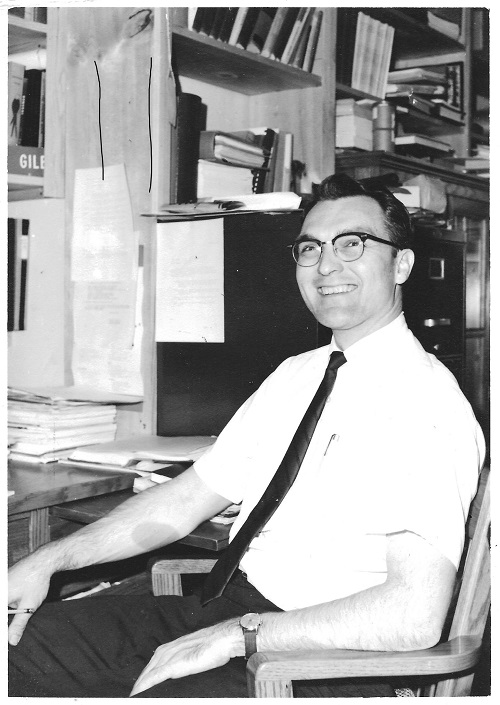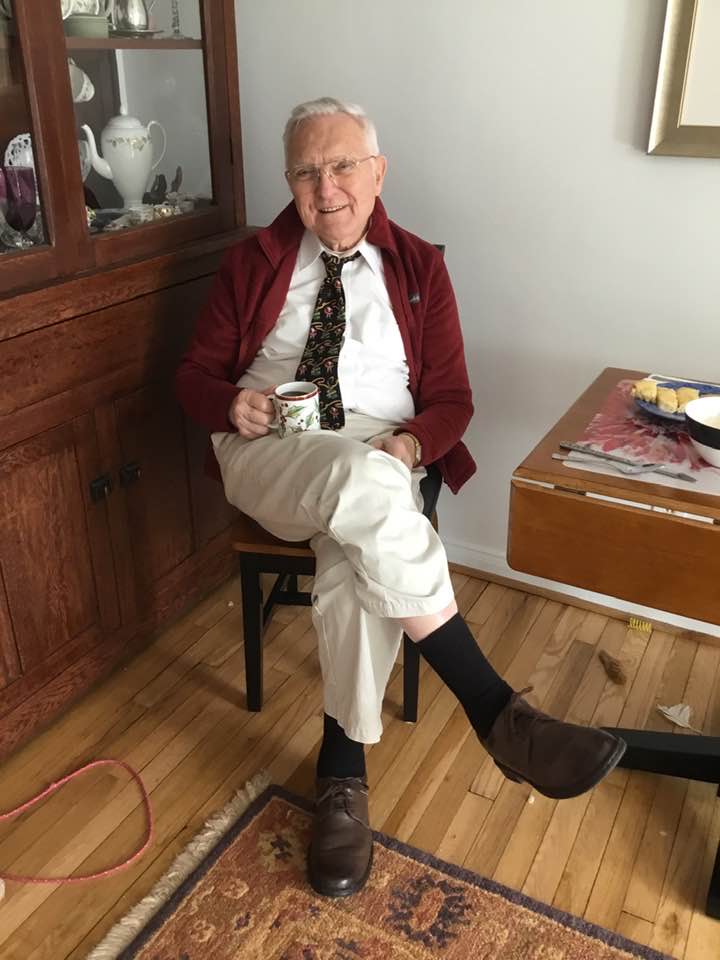UPDATE: March 29, 2023
We were delighted to facilitate this group for the first three months of 2023. We thank all the attendees for their candor and bravery. Due to low attendance, we are ending the group.
Those seeking local, in-person support may wish to consider the grief support groups offered by Good Samaritan Hospice for residents of the Montgomery County and Roanoke, Virginia areas. Please contact Good Samaritan Hospice for more information.
Those seeking online support may wish to consider David Kessler’s Tender Hearts Grief Support Community, which includes an online course and support group participation. Attendees pay $34 per month. Kessler’s Grief Educator Certification program may also be of interest.
Many people need professional support after experiencing a loss.
- Virginia Tech maintains a database of counselors in the Blacksburg, Virginia area.
- Psychology Today maintains a database of therapists available in the U.S. Disclaimer: Counselors pay a fee to be listed with Psychology Today. I pay a fee to be listed with Psychology Today.
What seemed to offer most comfort to most people was the definitions of grief and grieving offered by Mary Frances O’Connor, author of The Grieving Brain. Here are insights from her book. We used these paraphrases:
- Grief is the complex, anguished, yearning feeling associated with love, attachment, bonding, connection, and belonging.
- Grieving is the process by which the heart, mind, and brain adjust and adapt to the absence.
The group’s description is left intact below if of interest.
I am very open to offering phone support to people who have experienced a loss. Please contact me if I can be of assistance.
Pax.
. . . . .
After the loss of a person important to you, you may have found yourself asking questions such as these:
- How can I possibly do without this person?
- How do I endure this painful, heavy grief?
- If I have ambivalent feelings about the person, what does their absence mean to me? What am I feeling and why?
- Why am I experiencing such extremes in feeling?
- How do I make sense of what happened? Does the world even work the way I thought it did?!
- Who am I without this person? Am I still me?
- What is the meaning of my life – of life itself – without this person?
- How and why do I go on? With whom?
- The World Health Organization reported a 25% global increase in anxiety and depression since the pandemic began. How am I to navigate grief in such times and in the wake of such hardship and uncertainty?
If you are an adult living in the Blacksburg, Virginia area and wish to address these and related questions in the supportive company of others, you are invited to attend our in-person, weekly, grief support group.
What? Grief Support Group
Where? Lobby of 102 Hubbard Street, Blacksburg, Virginia
When? Sorry, this group is no longer meeting.
Cost? None. Attending the group is free.
For whom? Adults who have experienced the loss of a person important to them, of any age, in any way, whether they are newly bereaved, are continuing to have concerns after a year, or after many years.
How do I sign up? Filling out this contact form is preferred. Walk-ins, however, are welcome.
Please note:
- This is an in-person meeting. A hybrid version is not offered. Those seeking online support may wish to consider David Kessler’s Tender Hearts Grief Support Community, which includes an online course and support group participation. Attendees pay $34 per month.
- Here is a flyer about the group (.pdf).
Meeting format
- We start and end promptly.
- We use a group sharing protocol designed to offer people the opportunity to speak and listen in a safe way.
- We’ll do our best not to say the worst things people can say to people in grief and not to exhibit the worst traits of people who try to help. (Please scroll to the bottom of that page to view the list.) Most importantly, we will not give unsolicited advice, nor “bright side” each other, i.e. say, “Look on the bright side. At least the person _____,” nor imply, “You should be over this by now.”
- Our goals are to learn about grief, to become aware of our individual experiences with grief, and to explore ways to co-travel with what has happened.
Prior to attending, participants are encouraged to do two things.
1. Take a well-being assessment.
- The “Flourish” measure is described as “a measurement approach to human flourishing, based around five central domains: happiness and life satisfaction, mental and physical health, meaning and purpose, character and virtue, and close social relationships. Each of these is nearly universally desired, and each constitutes an end in and of itself.” Here’s a link to a printable .pdf.
- The Well-being Assessment is described as “a concise, freely available tool for communities to measure the many aspects of health and well-being.”
- Take either or both of these assessments, or a well-being assessment of your choice. You are encouraged to return to these assessments, take them again at any time you wish, and compare scores over time. Your score is private and you will not be asked to share it.
2. Prepare what David Kessler terms “a loss inventory.”
- In chronological order, make a list of approximately 10 losses you have experienced in your life.
- Losses are not limited to deaths of loved ones, friends, or pets, and may include relationships ending, job losses, moves, loss of physical health or abilities, and others. The losses may have been sudden or expected.
- Your list is private and you will not be asked to share it.
- The purpose of the exercise is to become aware of the context of personal loss in which a recent or profound loss occurred.
Recommended reading
The Grieving Brain: The Surprising Science of How We Learn from Love and Loss, Mary-Frances O’Connor, 2022
The Grieving Brain: 5 Key Insights
“Grief will always be part of me, not as a superpower nor a thorn in my side but as a reminder that only a love so staggering in its intensity could produce an equivalent amount of sadness.”
– Rachel Daum
Important: Although attending the group may be therapeutic, attending cannot be construed as receiving therapy and cannot take the place of therapy. Many people need professional support after experiencing a loss.
- Virginia Tech maintains a database of counselors in the Blacksburg, Virginia area.
- Psychology Today maintains a database of therapists available in the U.S. Disclaimer: Counselors pay a fee to be listed with Psychology Today. I pay a fee to be listed with Psychology Today.
About the facilitator
Anne Giles, M.A., M.S., L.P.C., is a Licensed Professional Counselor in the Commonwealth of Virginia, U.S.A., and a student of Mandarin Chinese. She comes to the work of trauma, loss, and grief through what is clinically termed Adverse Childhood Experiences (ACE), infertility, student-on-teacher violence, university shootings, the death of her mother, the death of her father – who suffered profoundly from symptoms of dementia – and the unexpected death of a beloved friend. Anne has done extensive reviews of the current research literature on grief, trauma, caregiving, and end-of-life concerns, is trained in Cognitive Processing Therapy for PTSD (CPT), and completed the Grief Educator Certificate Program with David Kessler in January, 2023. She participates in the Tender Hearts Grief Support Community.
To have your pain witnessed
To express your feelings
To release the burden of guilt
To be free of old wounds
To integrate the pain and the loss
To find meaning in life after loss
– “Six Needs of the Grieving” from work by David Kessler
For more information, please contact Anne Giles.
Good Samaritan Hospice offers grief support groups for residents of the Montgomery County and Roanoke, Virginia areas. Please contact Good Samaritan Hospice for more information.
Update on 12/30/22: I have become aware that addressing grief may require a deep existential dive, not just into the meaning of life, but into the meaning of death as well. I explore those subjects here.
Image: iStock
All content on this site is for informational purposes only and is not a substitute for medical, professional, and/or legal advice. Consult a qualified professional for personalized medical, professional, and legal advice.





